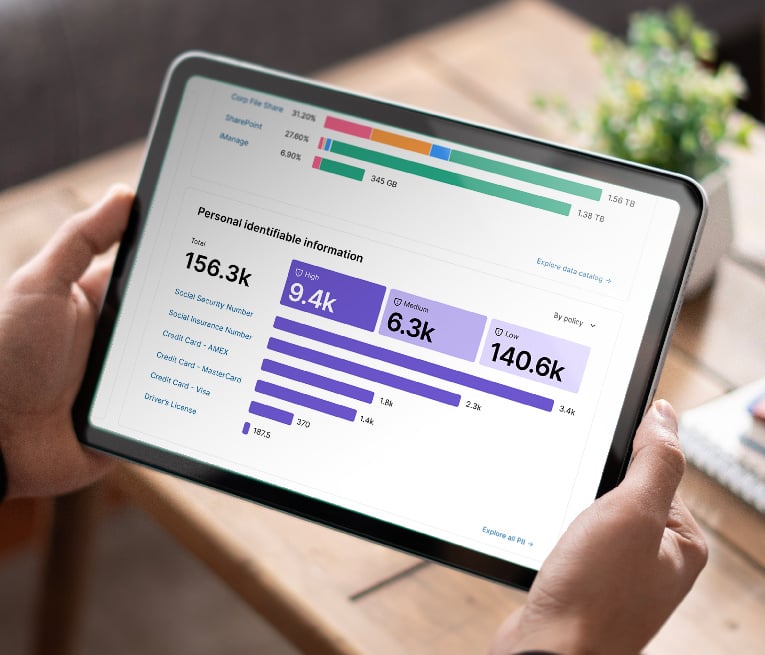In today’s digital age, managing file shares efficiently is crucial for maintaining productivity and security. Over time, file shares can become cluttered with outdated or unnecessary files, leading to confusion and inefficiencies. Here are five actionable steps to help you conduct an effective file share cleanup.
1. Assess Your Current File Structure
Before diving into cleanup, take a moment to evaluate your existing file structure. Identify:
- Redundant folders: Are there duplicates or similar folders that can be merged?
- Outdated files: Look for files that haven’t been accessed in a long time.
- File types: Determine if certain file types are overrepresented or unnecessary.
This assessment will provide a clear picture of what needs to be addressed.
2. Set Clear Guidelines for File Management
Establishing guidelines can prevent future clutter. Consider implementing:
- Naming conventions: Use consistent naming formats to make files easily identifiable.
- Version control: Decide how to manage different versions of files to avoid confusion.
- Retention policies: Define how long files should be kept before they are archived or deleted.
These guidelines will streamline file management and make future cleanups easier.
3. Engage Your Team
Involve your team in the cleanup process. Share the importance of maintaining an organized file share and encourage everyone to:
- Review their own files: Ask team members to delete or archive files they no longer need.
- Provide feedback: Gather input on the current structure and any challenges they face.
Collaboration fosters a sense of ownership and accountability, making the cleanup more effective.
4. Utilize Cleanup Tools
Leverage technology to assist in your cleanup efforts. There are various tools available that can help automate the process, such as:
- File analysis software: These tools can identify large files, duplicates, and unused files.
- Cloud storage solutions: Many cloud services offer built-in features for organizing and managing files.
Using these tools can save time and ensure a thorough cleanup.
5. Establish a Regular Cleanup Schedule
Once your file share is clean, it’s essential to maintain that organization. Set a regular schedule for file share cleanups, whether it’s quarterly or biannually. This proactive approach will help prevent clutter from accumulating again.
Cleaning up file shares is essential for maintaining an efficient and secure digital environment. Over time, cluttered file shares can lead to confusion, increased storage costs, and potential security risks. For instance, a large corporation might find that outdated project files are taking up valuable server space, leading to unnecessary expenses and slower access times for employees. Similarly, a healthcare organization could face compliance issues if sensitive patient data is not properly managed and archived, risking data breaches and legal repercussions. By regularly cleaning up file shares, organizations can enhance productivity, reduce costs, and ensure compliance with regulations, ultimately fostering a more organized and secure workspace.
Key Takeaways
An effective file share cleanup not only enhances productivity but also improves security and compliance. By following these five steps—assessing your structure, setting guidelines, engaging your team, utilizing tools, and establishing a cleanup schedule—you can create a more organized and efficient digital workspace. Start your cleanup today and enjoy the benefits of a streamlined file management system!
Shinydocs plays a vital role in streamlining file share cleanup by providing tools that automate the discovery and management of data across various repositories. It helps organizations identify redundant, outdated, or trivial (ROT) files and duplicates, which can clutter file shares and inflate storage costs. For example, Shinydocs can perform metadata and hash crawls to analyze file content, allowing users to pinpoint unnecessary files and develop strategies for their removal. This not only enhances efficiency but also mitigates security risks associated with outdated data. By leveraging AI and automation, Shinydocs simplifies the cleanup process, ensuring that teams can quickly find what they need while maintaining a secure and organized digital workspace.
By focusing on these strategies, you can ensure that your file shares remain efficient and manageable. If you have any questions or need further assistance, feel free to reach out!
About Shinydocs
Shinydocs automates the process of finding, identifying, and actioning the exponentially growing amount of unstructured data, content, and files stored across your business.
Our solutions and experienced team work together to give organizations an enhanced understanding of their content to drive key business decisions, reduce the risk of unmanaged sensitive information, and improve the efficiency of business processes.
We believe that there’s a better, more intuitive way for businesses to manage their data. Request a meeting today to improve your data management, compliance, and governance.


